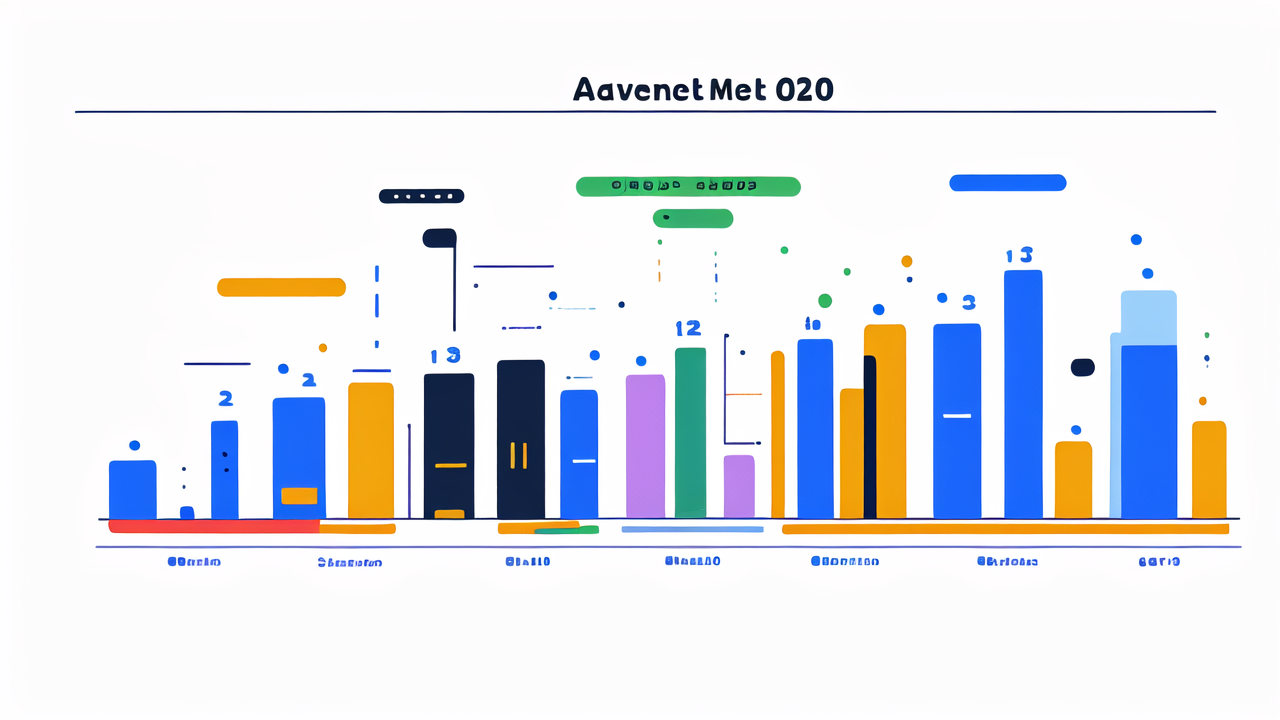Understanding Smart Bands: A Dive into the Fitness and Technology Convergence
The Evolution of Fitness Wearables
Fitness wearables have come a long way since their inception. Smart bands are at the forefront of this evolution. They started as simple step counters. Now, they're advanced health monitors. The journey began with basic pedometers. These devices only tracked steps. Today's smart bands do much more. They monitor heart rate, sleep patterns, and even stress levels. This rapid progress shows how tech and fitness have merged. Smart bands are now essential tools for many fitness enthusiasts. They offer insights that were once only available in labs. The evolution continues as new features are added regularly.

Key Features and Capabilities of Smart Bands
Smart bands pack a lot of tech into a small package. Here are some key features:
- Heart rate monitoring
- Step counting
- Sleep tracking
- Calorie burn estimation
- GPS tracking
- Smartphone notifications
- Water resistance
These features make smart bands versatile tools. They're not just for athletes. Anyone interested in health can benefit. Some bands can even detect irregular heart rhythms. This could be life-saving for some users. The ability to track various health metrics is a game-changer. It gives users a comprehensive view of their health. Smart bands are becoming more accurate. They're also adding new features all the time. This makes them increasingly valuable for health and fitness tracking.
The Impact of Smart Bands on Fitness Regimens
Smart bands are changing how people approach fitness. They provide real-time data during workouts. This helps users make informed decisions. People can adjust their intensity based on heart rate. They can track their progress over time. This motivates many to stick to their fitness goals. Smart bands also make it easier to set and achieve targets. Users can see their daily activity levels at a glance. This encourages them to move more throughout the day. Smart bands have made fitness more accessible. They've turned everyday activities into opportunities for health improvement. The impact is significant. More people are engaged in their health journey than ever before.
The Market Dynamics of Smart Bands in the United States
Adoption and Consumer Trends
Smart bands are gaining popularity in the US. More people are buying them each year. The trend is clear: smart bands are here to stay. Consumers value the insights these devices provide. They're not just for tech enthusiasts anymore. Many see them as essential health tools. Price points have become more accessible. This has helped drive adoption across different age groups. Younger users like the tech aspect. Older users appreciate the health monitoring features. There's a smart band for every need and budget. This wide appeal has fueled market growth. The pandemic also boosted interest in personal health tracking. As a result, smart band sales have surged.

Competitive Landscape and Key Players
The US smart band market is competitive. Several big names dominate the scene. Fitbit, Apple, and Garmin are major players. Each offers unique features to stand out. Fitbit focuses on user-friendly designs and long battery life. Apple integrates smart bands with its ecosystem. Garmin targets serious athletes with advanced metrics. Smaller brands are also making waves. They often offer budget-friendly options. This competition drives innovation. It also keeps prices in check. Consumers benefit from the wide range of choices. The market is not just about hardware. Software and apps play a big role too. Companies compete on user experience and data analysis. This creates a rich ecosystem around smart bands.
Future Projections: What's Next for Smart Bands?
The future of smart bands looks bright. Experts predict continued growth in the US market. Several trends are shaping this future:
- Integration with healthcare systems
- More advanced health monitoring features
- Longer battery life
- Sleeker designs
- Enhanced data privacy and security
Smart bands may soon detect health issues early. This could revolutionize preventive care. We might see smart bands prescribed by doctors. The line between consumer and medical devices is blurring. AI will play a bigger role in data analysis. This will provide more personalized health insights. The focus on mental health is growing. Future smart bands may track stress and mood more accurately. As technology advances, smart bands will become even more powerful tools for health and fitness.
Harnessing Smart Bands for Enhanced Fitness Outcomes
Incorporating Smart Bands into Workout Routines
Smart bands can enhance any workout routine. They provide valuable data in real-time. This helps users optimize their training. Here's how to use them effectively:

- Set daily activity goals
- Use heart rate zones for cardio workouts
- Track sleep to ensure proper recovery
- Monitor calories burned for weight management
- Use GPS for outdoor activities
Smart bands make it easy to track progress. They can motivate users to push harder. Many offer guided workouts through companion apps. This is like having a personal trainer on your wrist. Smart bands also remind users to move throughout the day. This promotes overall activity, not just during workouts. By providing constant feedback, smart bands help users stay accountable. They make it easier to stick to fitness goals long-term.
Data-Driven Fitness: How Smart Bands are Changing Workouts
Smart bands are turning fitness into a data-driven practice. They collect vast amounts of information. This data helps users make informed decisions. It's not just about how long you work out. It's about the quality of your exercise. Smart bands show how different activities affect your body. Users can see which workouts are most effective for them. This personalized approach is changing how people exercise. It's no longer about following generic plans. Now, it's about tailoring workouts to individual needs. This data-driven approach leads to better results. It also helps prevent overtraining and injuries.
The Role of AI and Machine Learning in Smart Band Ecosystems
AI and machine learning are revolutionizing smart bands. These technologies analyze user data. They provide personalized insights and recommendations. AI can detect patterns in your activity and health data. It can predict trends and suggest improvements. Machine learning algorithms get smarter over time. They learn from user behaviors and preferences. This leads to more accurate and helpful suggestions. AI can also help detect anomalies in health data. This could alert users to potential health issues early. The integration of AI makes smart bands more than just trackers. They become intelligent fitness companions. As these technologies advance, smart bands will offer even more value to users.




Leave a comment
This site is protected by hCaptcha and the hCaptcha Privacy Policy and Terms of Service apply.